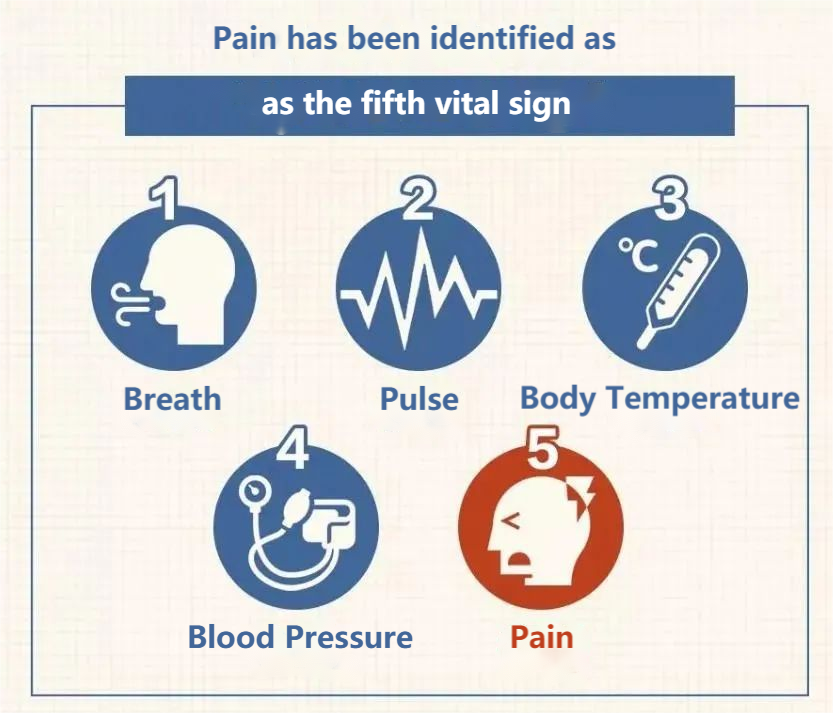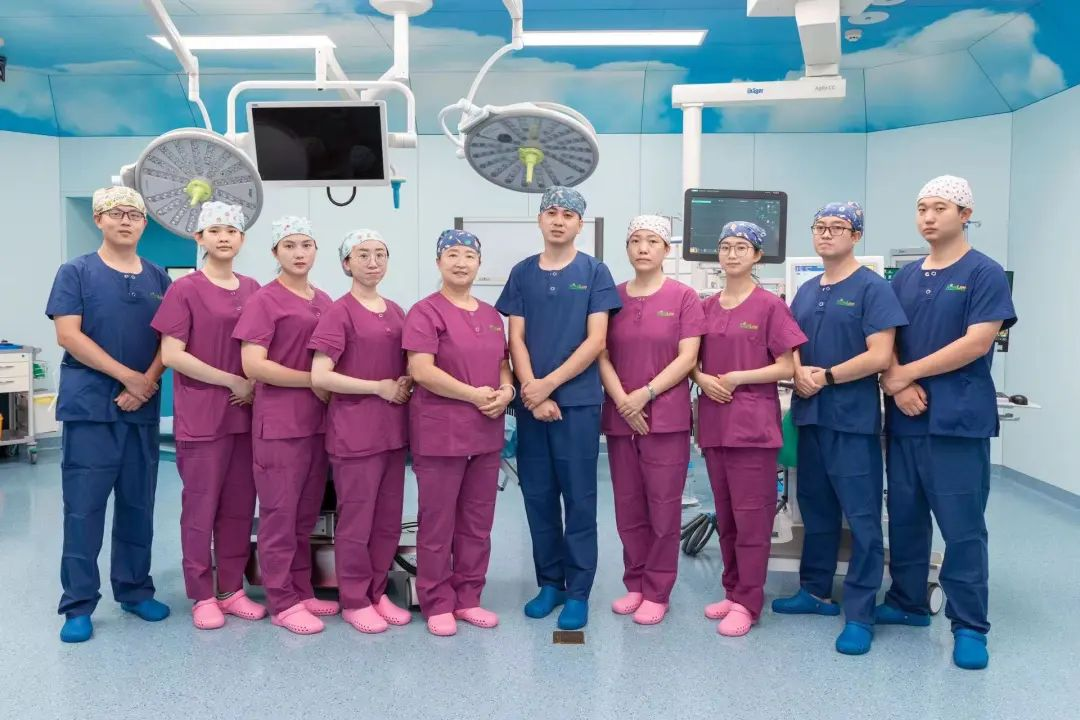Week Against Pain in China|Is it necessary to endure pain? This indicator will tell you
The International Association on the Study of Pain (IASP) marks the third Monday of October as “Global Day Against Pain” from 2004 and China marks the day of the week as “Week Against Pain in China”. The theme of “Global Day Against Pain” this year is “Improving Pain Management Through Integrative Care.”
Pain is commonplace in life as we often see toothache, headache, menstrual cramps, stomachache and bone fracture pain. But most individuals will not take it seriously just because it can be seen everywhere. And they might think that biting the bullet, they will get over it. Or other people might say they are fussy. Most importantly, they are afraid one day they will get addicted to pain killers.
In fact, overwhelming pain has a tremendous and negative impact on the quality of life and work of patients.
Within this context, individuals develop an awareness about pain management. In 2000, World Health Organization (WHO) puts forward that chronic pain is a type of disease. IASP identifies pain as the fifth vital sign following the breath, pulse, body temperature and blood pressure.

That is to say, pain is an essential indicator in estimating how critical and severe the disease is.
Misperceptions we need to overcome
Pain shouldn’t be suppressed, denied and ignored. We need to know what pain really is if we want to make it manageable.
Misperception 1: Pain can be suppressed
Many people suppose minor and moderate pain is suppressible. Actually, this is wrong. Long-term suppression of pain will make situation worse. The simple pain might transform to refractory or complicated pain. Let’s see two concrete examples. Some people may overreact to a light touch. This is called peripheral sensitization (primary hyperalgesia), which is defined as the increased responsiveness and reduced threshold of nociceptive neurons in the periphery of the sensory system induced by local inflammation or by peripheral nerve injury. When the nociceptive threshold is lowered, the response to pain will be more intense and central sensitization may succeed. If central sensitization occurs, the normal threshold is near zero and ordinary behavior will transform to intolerable pain. In all, it’s adverse to endure pain.
Misperception 2: Pain killers are addictive
When speaking of pain killers, most people will associate them with addiction. While not all pain killers are addictive.
The addictive pain killer is often used with anesthesia and hypnotics. It’s possible not to get addictive as long as the doctor’s advice is followed.

Misperception 3: Everything will be fine when pain is under control
It’s not advisable to just kill pain when it arises. The bout and development of a disease has its own way. So it’s necessary to take tests to identify the cause and make treatment plan. When the cause is identified, it’s possible to reach long-term pain management goal.
Reversely, inappropriate medication may veil the truth and lose the timing. And there may be unexpected consequences.
Misperception 4: Cancer pain is untreatable and patients have to put up with it There are multiple ways to tackle this issue. A 3-step ladder for pain management has been designed for cancer patients(Step 1: Non-opioid analgesics such as ASA, NSAIDs, acetaminophen (+/- adjuvants) for mild pain. If pain persists/increases, proceed to step 2.
Step 2:“Weak” opioid such as codeine or oxycodone (+/- non-opioids and adjuvants) for moderate pain. If pain persists/increases, proceed to step 3. Step 3: Stronger opioids such as morphine or dilaudid (+/- non-opioids and adjuvants) for severe pain). Nerve block, nerve destruction, radiation ablation, patient controlled intravenous analgesia(PCIA), patient-controlled epidural analgesia(PCEA) and intrathecal pump are available for further pain management need.
Misperception 5: The pain will not occur after the treatment
The thing is that the pain might recur. But treatment should persist. Chronic pain is like hypertension and diabetes. It can be aggressive and mild with some cases entailing repeated treatment and lifetime medication. In this situation, treatment serves to soothe the patient and prevent the attack or possible complications instead of eliminating the pain.
2022 Timely action is needed in what situation?
The degree of pain can be identified in multiple ways in clinical practice. But in order to help patients to tell the pain, whether the sleep has been affected is often used as an indicator.
If the pain doesn’t affect sleep, then it is mild and doesn’t call for medication.
If it affects sleep, it is moderate and entails pain killers.
If patient can’t sleep at all or a blood pressure and pulse change is observed, the pain is severe and patient should seek professional advice.
If you are experiencing postherpetic neuralgia(also called herpes zoster), prolapse of lumbar intervertebral disc, periarthritis humeroscapularis, postoperative pain or cancer pain, you should seek advice from pain management professionals.
Your pain will be relieved as much as possible with the doctor’s help.
Guangzhou RoyalLee Cancer Center-Pain Management Department
Pain Management Department is one of key disciplines in the Center. The team upholds patient-centric concept and is committed to safeguard patients’ life during operation. This well-equipped team employs scientific, standardized and procedural management to provide analgesia service to all patients.

The department has introduced pain management system produced by Rehn Medtech and uses medease console to monitors the use of analgesic pump for surgery patients and cancer pain patients, the analgesic effect and the dosage of analgesic drugs for advanced cancer pain patients and postoperative patients, as well as the pain indicators for advanced cancer pain patients remotely to ensure the analgesic effect and reduce complications.
We promise to join you and your family in combating issues concerned with pain to improve the quality of life.
